How To Eat a Rainbow? Find Out
It is scientifically claimed that good quality food, in the right quantity and at the right time can be beneficial and medicinal for your system. I am going to introduce you to a way of adding better nutrition to your diet, wherever you are in the world, by making a few additions to your meals. For several years now, scientists have been researching the interdependence between rainbow foods and good health, or so they say – Eat a rainbow.
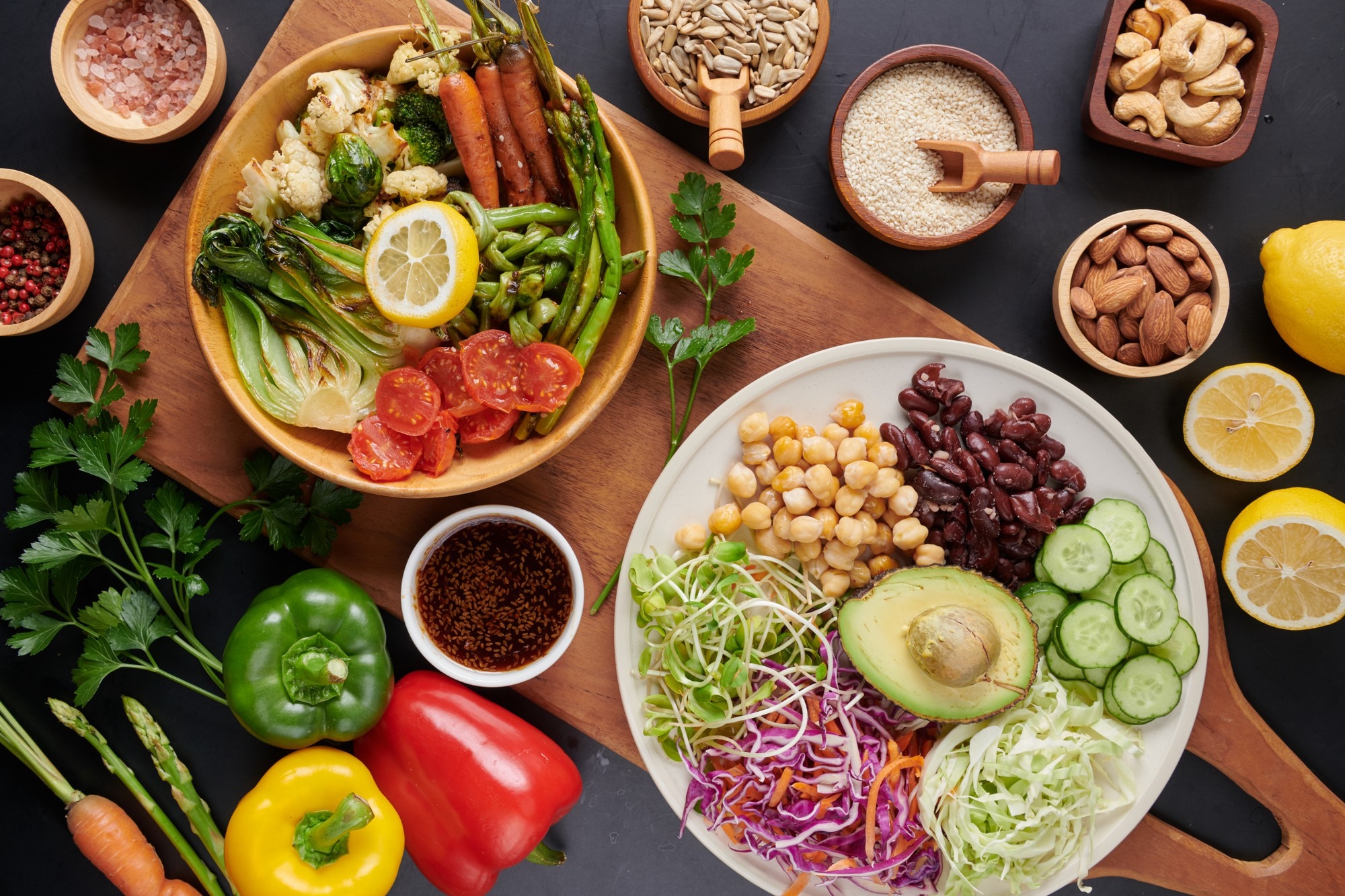
What does the term eat a rainbow mean?
Eating a rainbow simply means inculcating foods of different colors to your plate, not simply for the aesthetic, but for the health benefits that each of these colored foods carries. According to scientific research, these are the properties of the colors of different foods
The scientific explanation
When food is ingested, it is broken down into vitamins, minerals, and bioactive compounds. According to NCBI, bioactive compounds are constituents in foods or dietary supplements, other than those needed to meet basic human nutritional needs, which are responsible for changes in health status.
Let’s understand how the bioactive compounds present in these foods help our system.
Green foods – Chlorophyll
So, as we all know, leafy green vegetables provide a good source of nutrition for the body. But the bioactive compound therein is chlorophyll, which has protective properties like antioxidants and anti-mutagenic. Some chlorophyll-rich foods are:
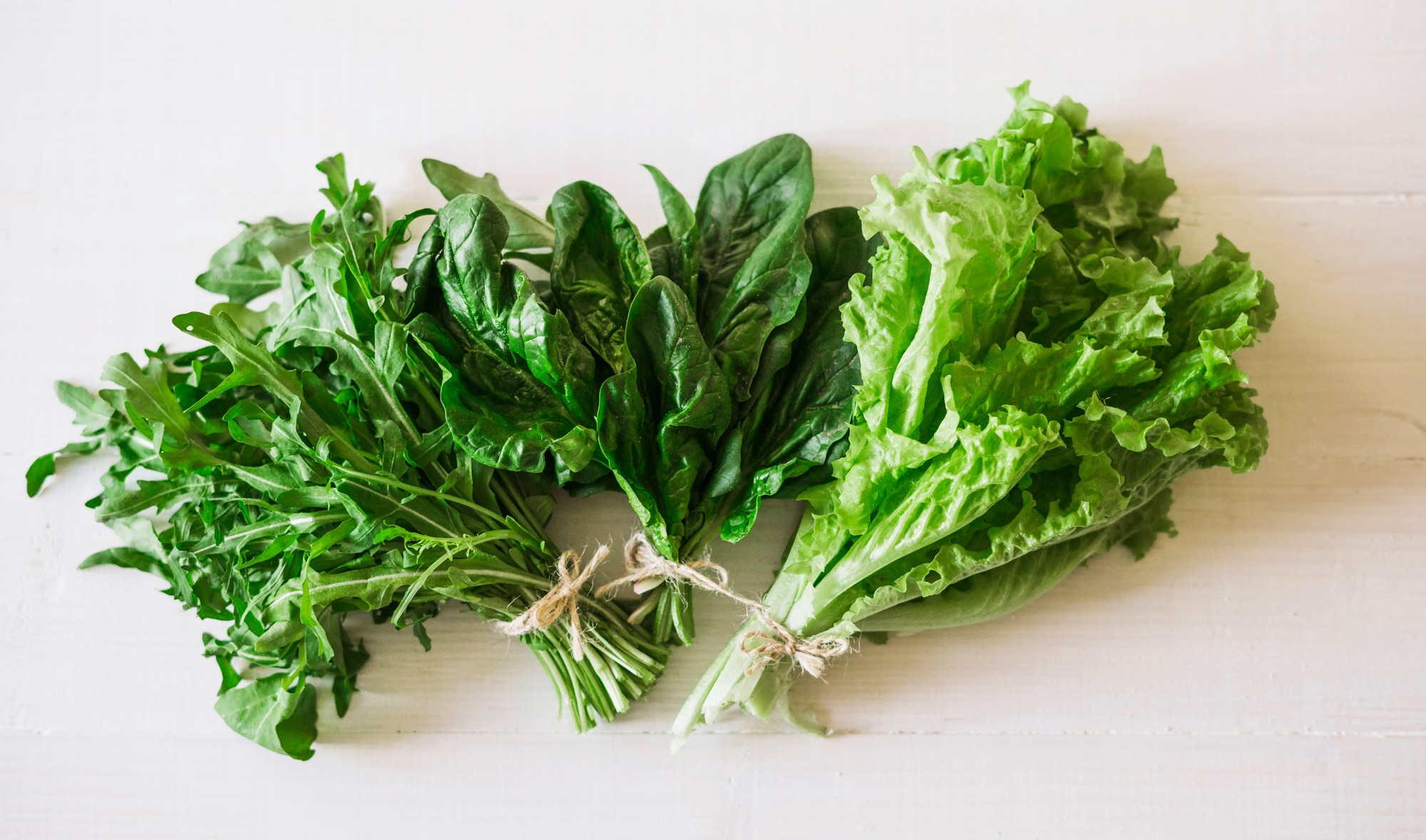
- Spinach
- Parsley
- Broccoli
- Green cabbage
- Green beans
- Green peas
- Matcha Green Tea
- Asparagus
Yellow and Orange Foods – Alpha and Beta Carotene
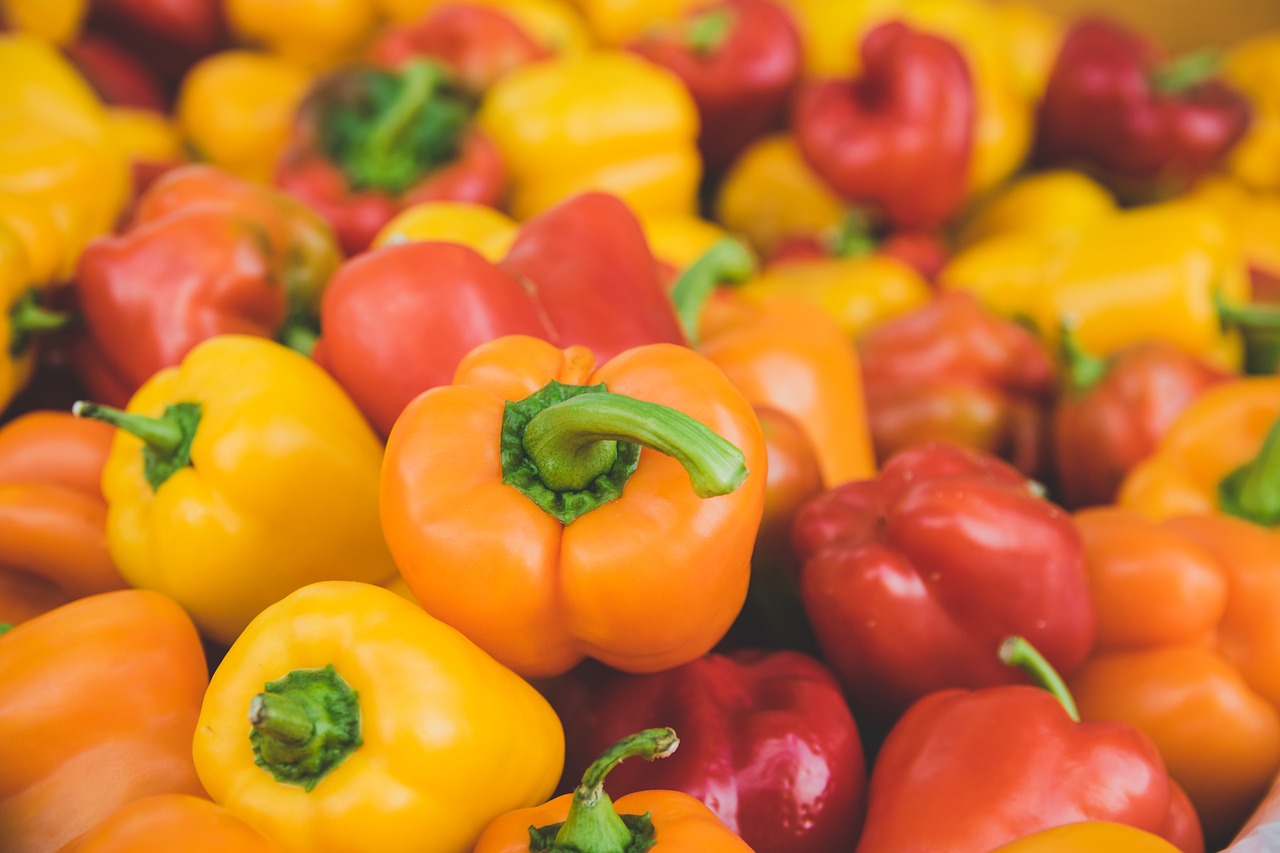
Alpha-carotene is a compound found in yellow foods like:
- Corn
- Pumpkin
- Winter squash
- Tangerine
- Sweet potatoes
- Bell peppers
- Mangoes
Beta-carotene is a compound found in orange foods like:
- Carrots
- Apricots
- Cantaloupe
- Bell peppers
- Collard
- Passion fruit
- Pink grapefruit
Upon digestion, these bioactive compounds are converted into vitamin A in the body, hence are responsible for providing UV protection to the skin and hold a crucial role in skin health and aging. Try this alpha carotene-rich Pumpkin Lentil Soup.
Red foods – Lycopene
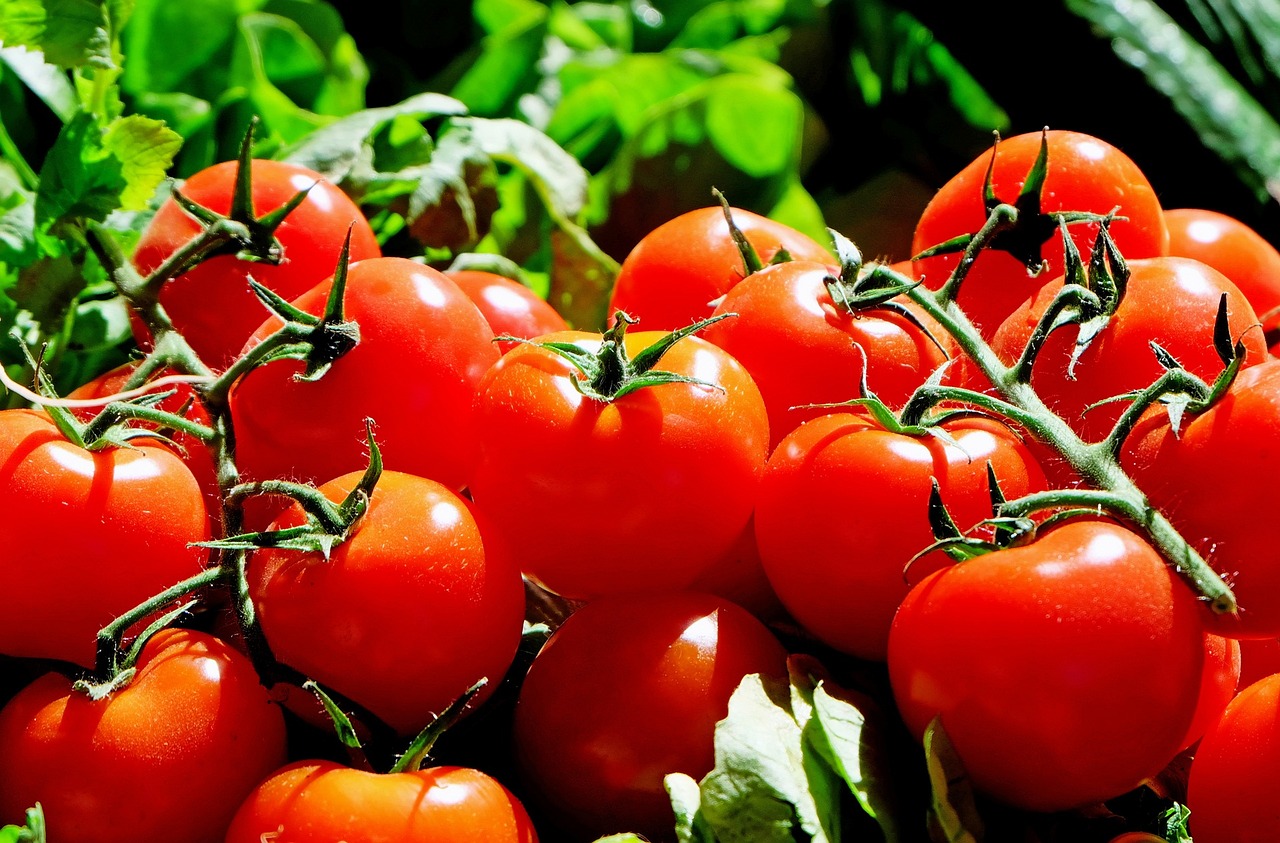
Lycopene is abundantly found in red and pink foods like:
- Tomatoes
- Watermelons
- Guavas
- Grapefruit
- Papaya
- Red bell pepper
- Red cabbage
It protects the prostate gland and is beneficial to overall cardiovascular health. Add this lycopene-rich Tomato Soup to your diet.
White, Purple, and Blue Foods – Flavonoids
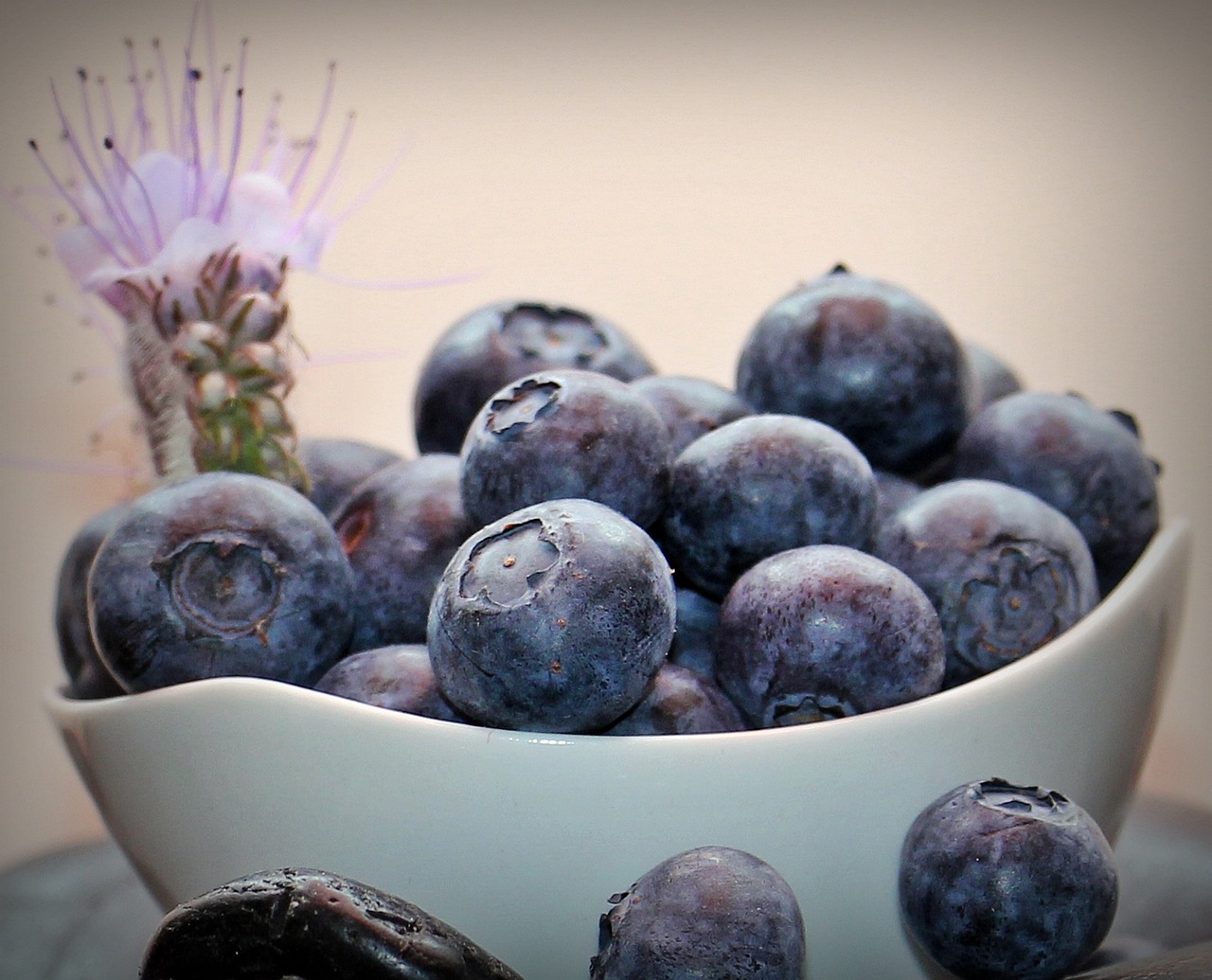
Flavonoids are found in foods like:
- Garlic
- Onions
- Apples
- Blueberries
- Blackberries
- Pistachios
Flavonoids like anthocyanin and quercetins are considered to have many bioactive effects like antiviral, anti-inflammatory, cardioprotective, anti-diabetic, anti-cancer, anti-aging, and so on.
How can you follow a rainbow diet?
Incorporate seasonal foods
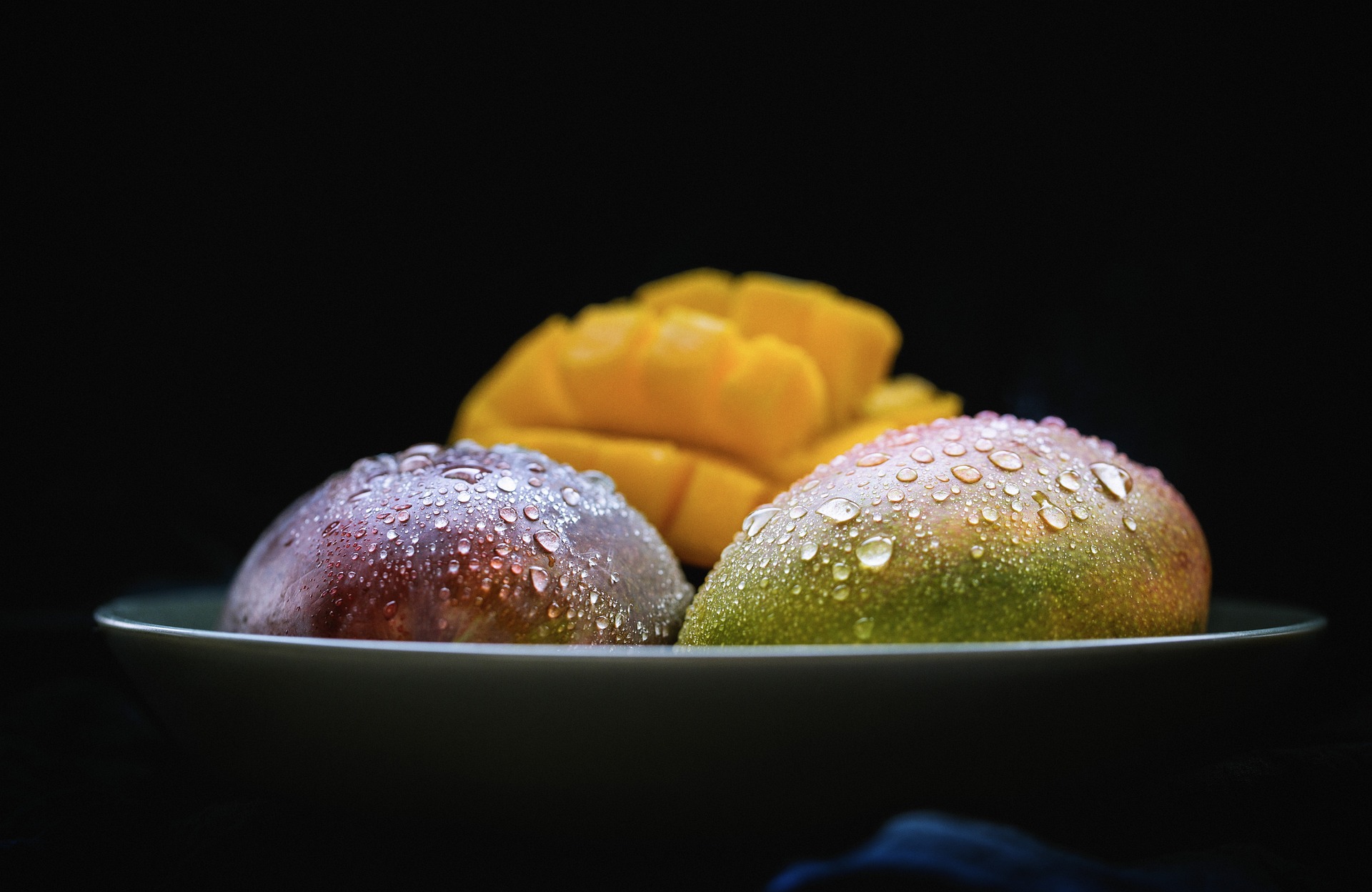
One of the easier ways to do this is to understand the seasonal fruits and vegetables and incorporate them into your diet. What are the colors that grow during a particular season? Winters are known for rich green, leafy vegetables like spinach, amaranthus, fenugreek, and so on. Include these on your plate.
Link the colors with their benefits

If you notice, sometimes arugula leaves, which are green in color, could have streaks of purple passing through them. Pistachio, though predominantly a green color, also has specks of purple. Segregate the colors of the foods, depending on their properties and the health benefits they provide.
Purchase Luke’s recommended, good-quality pistachios here.
Add colors to the preparation
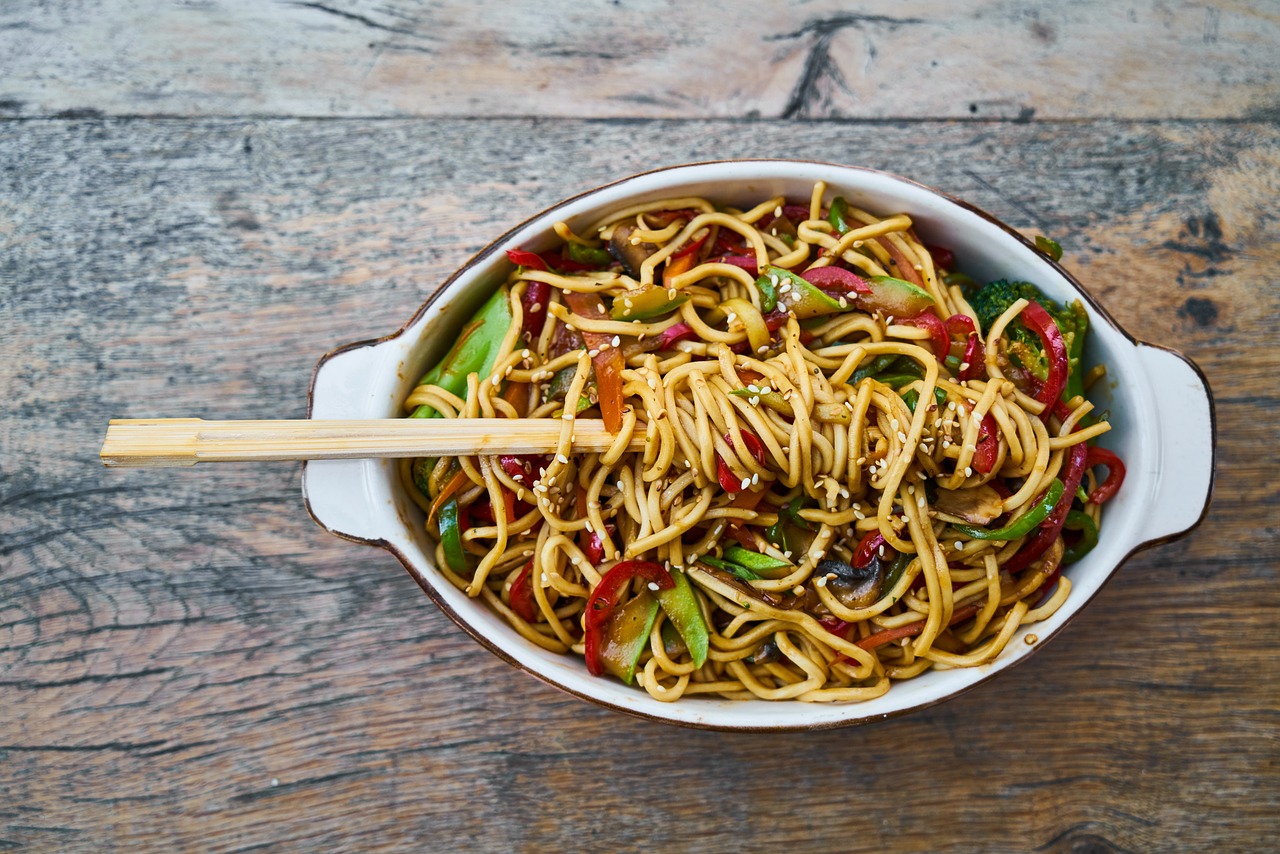
Before you start preparing your meal, evaluate how many colors you can add. If you are making pasta, you can add bell peppers, broccoli, baby corn, zucchini, and so on. If you are making dal, you can add tomatoes, onions, and green chilies. Work towards integrating as many colors as you can in your preparation.
Microgreens to the rescue!
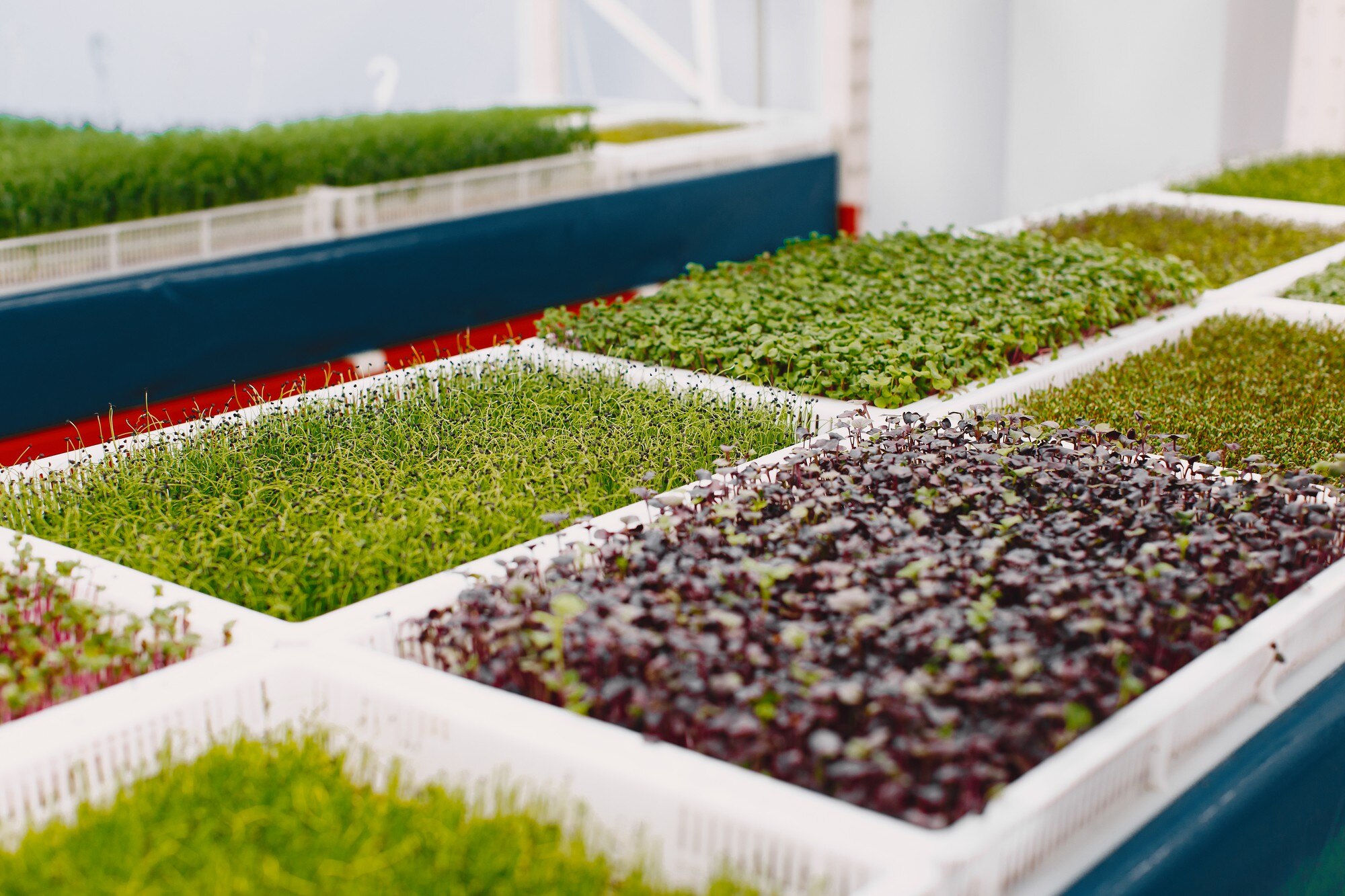
If you find it difficult to get all of this nutrition from one meal, add microgreens! If you closely look at microgreens, you will see colors like green, purple, and blue. If you add even a tablespoon of microgreens to your food, it infuses your diet with bioactive compounds. Add microgreen garnishes to your salads and other preparations.
Chutney
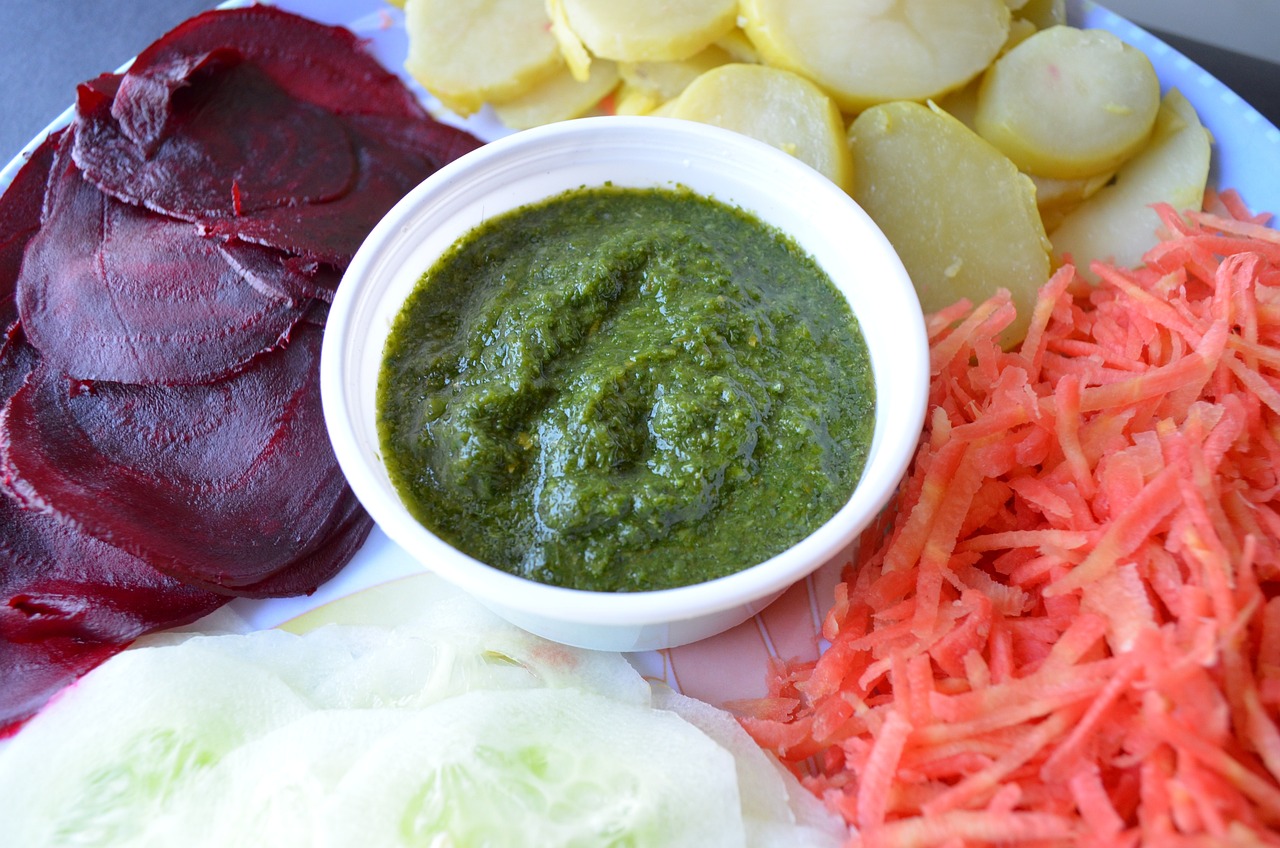
Chutney – available in almost every Indian kitchen, which we carelessly lather upon toast or bread to eat as a sandwich, is actually an Indian superfood if made with the right ingredients. It is made with a lot of greens and spices, which are beneficial to the body.
Fancy a healthy twist to your regular chutney? Check out our recipe for a delicious and calcium-packed Moringa Chutney.
Chilies
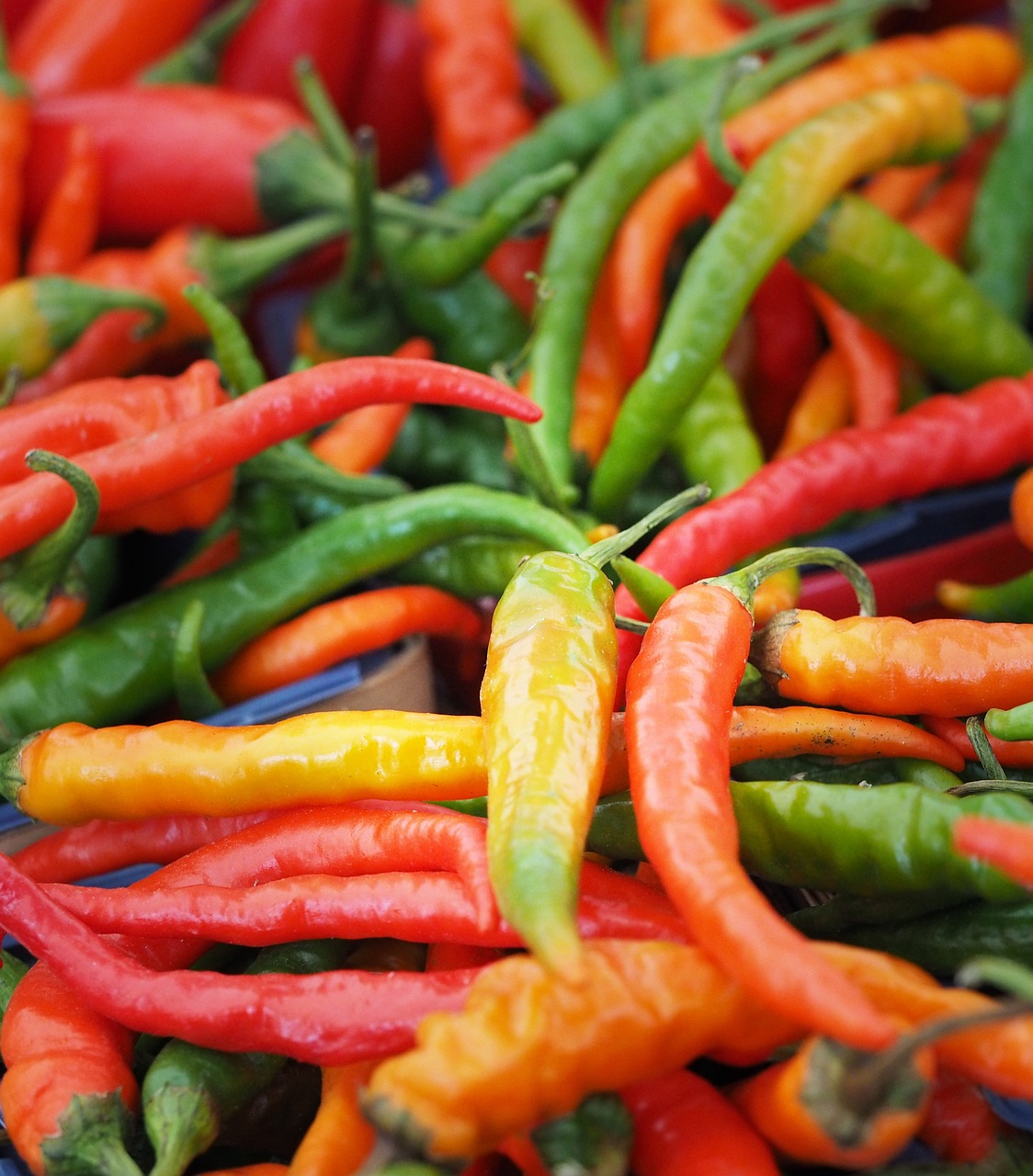
Chilies are not only available in green color, but come in a variety of colors like red, deep orange, and even yellow. If you are passionate about spicy food and like having it on your plate every day, then you can indulge in these colorful chilies.
Shop for ethically grown chilies here.
Other benefits of the rainbow diet
Gut Health

The gut houses most of the immunity of the body and is equipped entirely with its own ecosystem of microbiomes and flora – which consists of good and bad bacteria and fungi. So when you eat a colorful meal, you are providing your gut with more diversity, which feeds the good bacteria. You are providing your gut with nourishment to help itself and to further supply to the rest of the body.
Helps in the development of children

If you could provide children in their developing years with all the nutrients – vitamins, minerals, and bioactive compounds on a daily basis, can you imagine how robust their systems would be? Make it a point to add as much nutrition to your child’s plate as possible.
Tip: You can play a game with them, and ask them to simply decorate their plates with colorful foods!
Fights against/prevents diseases
Bioactive compounds offer further benefits to the body, as compared to what the vitamins and minerals in the food are already providing. By increasing your immunity, bioactive compounds fortify the body against diseases and viruses. Diseases like hypertension, cancer, bone diseases, and secondary brain damage (Alzheimer’s, Parkinson’s, and so on), can be prevented or managed better with the right exercise, a healthy sleep pattern, emotional wellness, and the rainbow diet.
Reduces inflammation

Inflammation is one of the core problems which can lead to serious diseases like cancer, diabetes, and so on. Including the rainbow diet in your food pumps the body with antioxidants and can help with diseases caused due to oxidative stress and chronic inflammation.
Tip: Carrots and mulberries are known to have high anti-inflammatory properties.
The bottom line
I love the idea of eating a single colorful rainbow meal, which can provide the body with so many benefits. All it will take is for you to step out into your local market, and understand the vegetables and fruits.

Explore, learn, and understand the things available there. I am sure you will come across some vegetables which you’ve never heard of or seen before – understand the medicinal properties that these can provide to your system. More diversity in your plate through rainbow meals can help revive your gut and replenish your body.
Disclaimer: None of what is mentioned in this blog can replace medical advice. Always make an informed decision and keep your healthcare provider in the loop if you have a medical condition or are already on medication before trying something new.
Feeling bloated? Rebuild your gut the right way!
Join Our You Care Wellness Gut Health Program Here
Set up a one-on-one consultation with our team on WhatsApp here, call 1800 102 2053, or mail us at info@lukecoutinho.com.
RELATED READINGS
Acidity? Indigestion? Bloating? Try This 3-Ingredient Concoction For Better Gut Health
Why Do Your Farts Smell So Bad? Find Out.
Need Better Skin, Hair, And Gut Health? Include THIS Miracle Oil In Your Daily Routine
ALSO WATCH: Eat A Rainbow! Why & How?
|
From a pimple to cancer, our You Care Wellness Program helps you find a way Talk to our integrative team of experts today 18001020253 |

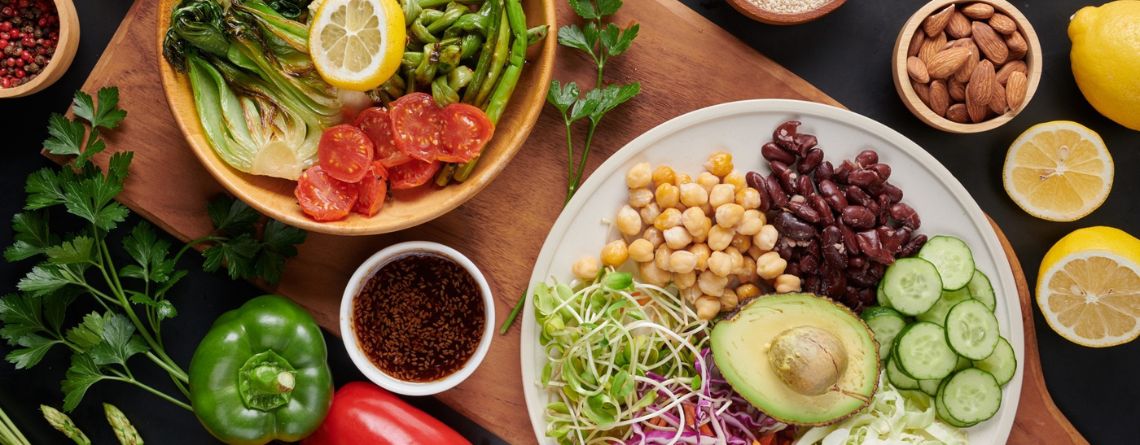
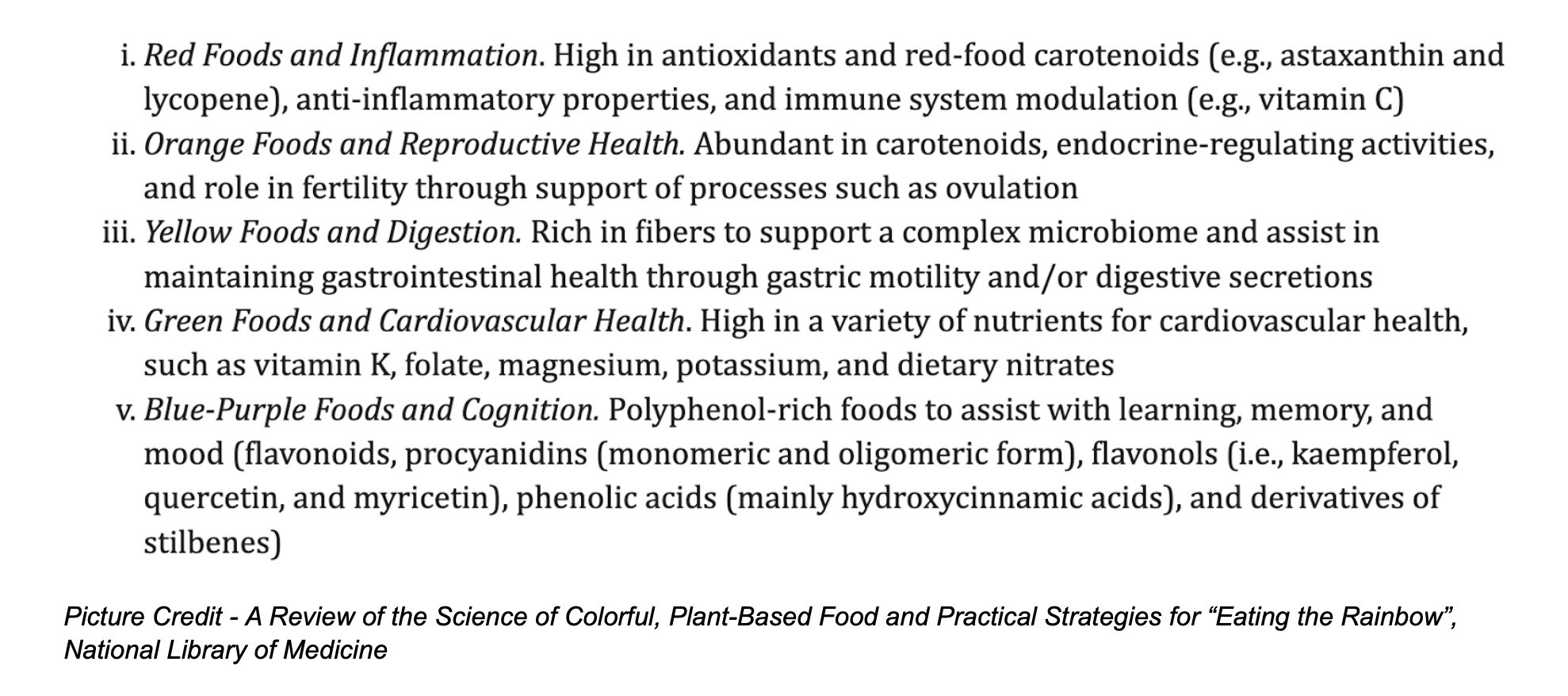

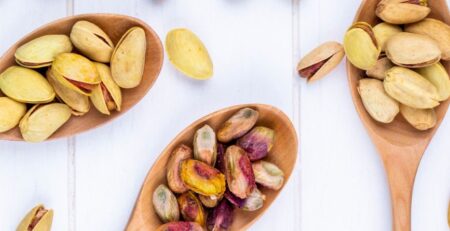
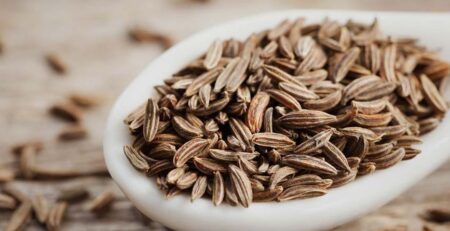
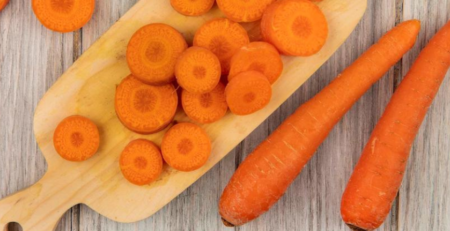
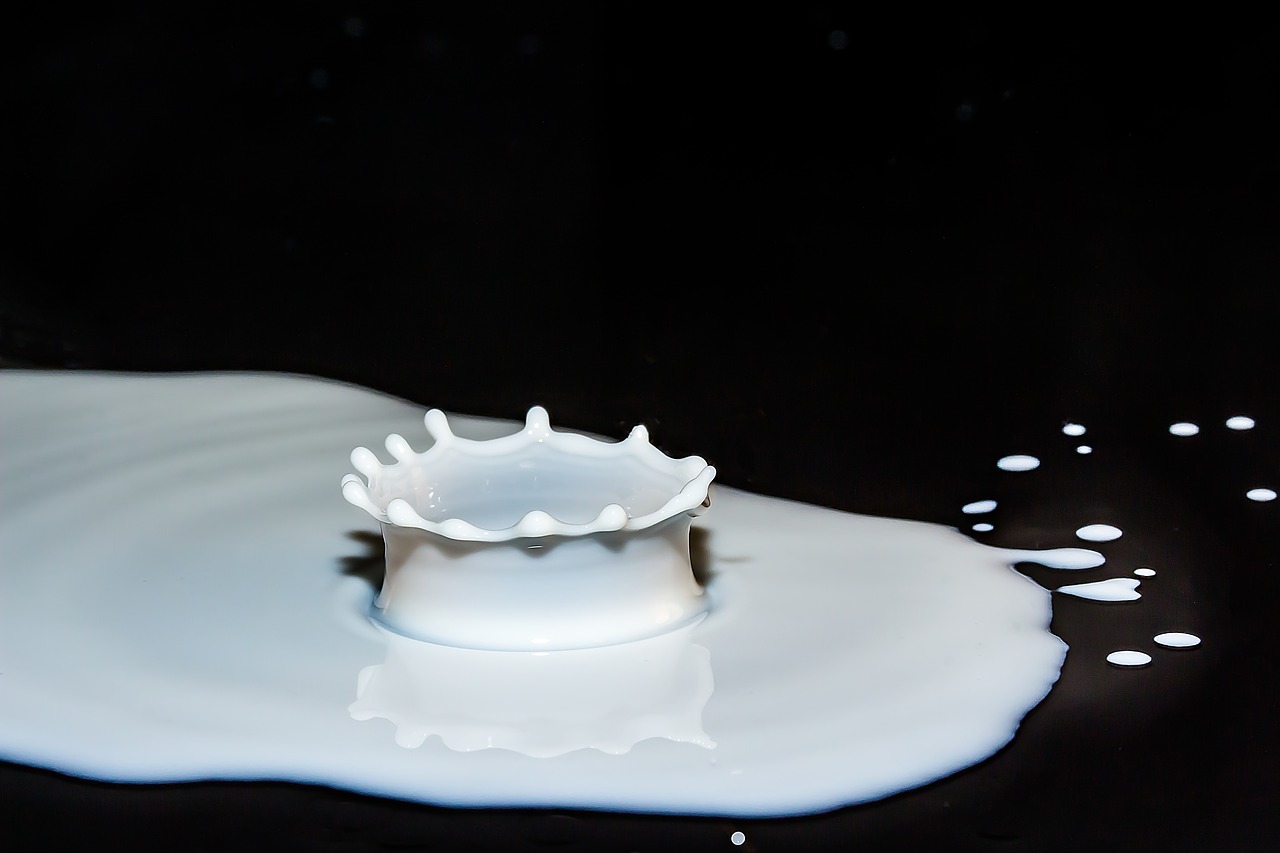
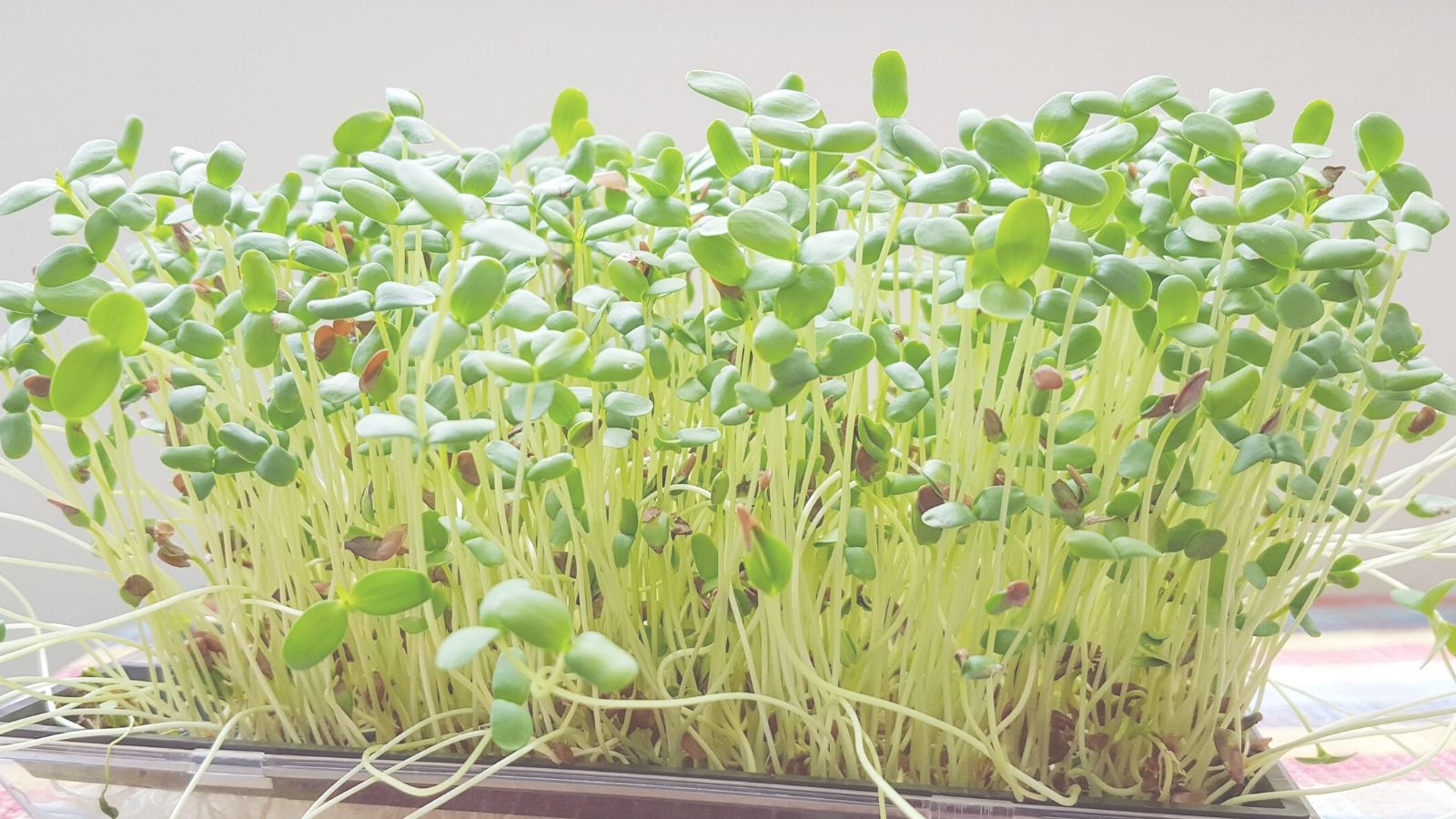
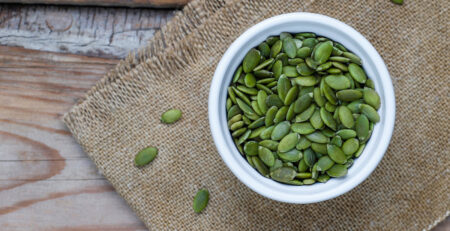
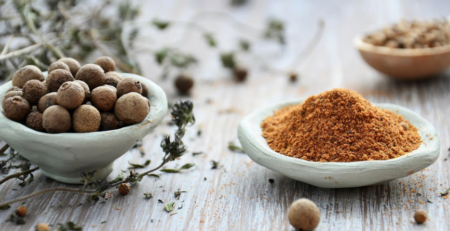
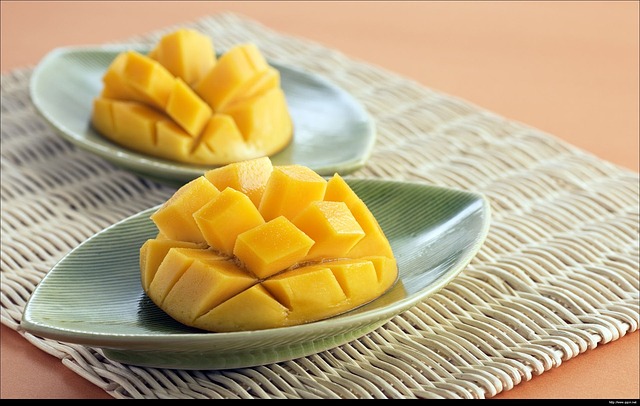
Comments (3)
Hi Luke, how are you? You are the best could you tell me what’s the best for me because I am on blood thinner Eliquis 5 mg in the morning 5 mg at night and I am on heart medicine. Is it krill oil okay with blood thinner?
Hi, we cannot recommend anything online. Need to understand your case better. It is best to check with your healthcare provider first.
I have stents replacement, what chillies are good for blocked arteries ?